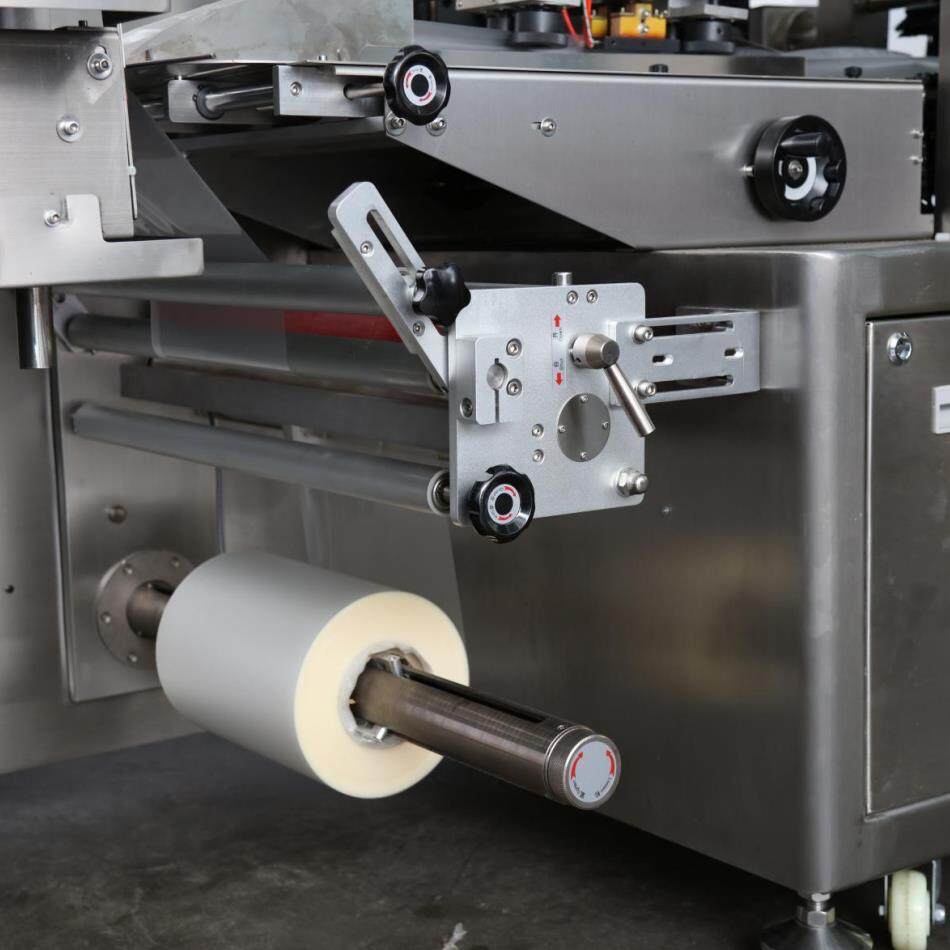Advancements in Sachet Packing Machines for Enhanced Hygiene and Safety
With the current global health concerns and the need for stringent hygiene standards, the packaging industry has witnessed significant advancements in sachet packing machines. These machines are now equipped with enhanced hygiene and safety features to ensure the protection of both consumers and packaging operators. In this blog post, we will explore the latest trends in sachet packing machines, focusing on their easy-to-clean surfaces, contactless operation, and high-speed disinfection systems.
1. Easy-to-Clean Surfaces:
One of the key requirements for sachet packing machines is the ability to maintain high standards of cleanliness. Manufacturers have responded by incorporating easy-to-clean surfaces into the design of these machines. This ensures that any potential contamination or residue can be quickly and effectively removed, reducing the risk of cross-contamination. Easy-to-clean surfaces also contribute to the overall efficiency of the packaging process, as less time is required for cleaning and maintenance.
2. Contactless Operation:
To further enhance hygiene and reduce the risk of viral transmission, sachet packing machines now feature contactless operation. This means that the machine can be operated without any physical contact, minimizing the potential for contamination. Advanced sensors and automation technologies allow operators to control the machine through touchless interfaces or remote control systems. This not only improves safety but also increases productivity by eliminating the need for frequent hand disinfection and glove changes.
3. High-Speed Disinfection Systems:
In response to the current health crisis, many manufacturers have incorporated high-speed disinfection systems into sachet packing machines. These systems use advanced ultraviolet (UV) or ozone technologies to rapidly disinfect the packaging materials and the surrounding environment. UV-C light or ozone effectively kills bacteria, viruses, and other microorganisms, ensuring a high level of hygiene throughout the packaging process. By integrating these disinfection systems, sachet packing machines provide an additional layer of protection for both consumers and packaging operators.
4. Streamlined Maintenance and Downtime Reduction:
Efficient maintenance and reduced downtime are crucial factors in the smooth operation of sachet packing machines. Manufacturers have recognized this and have taken significant steps to streamline maintenance processes. Machine components are designed for easy access, allowing operators to quickly replace or clean parts without extensive downtime. Additionally, remote monitoring and predictive maintenance technologies have been integrated to detect potential issues before they become major problems. These advancements help to minimize unplanned downtime and improve overall productivity.
5. Compliance with Global Hygiene Standards:
In the wake of the global health crisis, stringent hygiene standards have become a top priority for industries worldwide. Sachet packing machine manufacturers have responded by ensuring compliance with these standards. They have closely followed the guidelines set by regulatory authorities and implemented measures to meet or exceed the required hygiene and safety standards. As a result, packaging operators can confidently use these machines, knowing that they adhere to the highest safety protocols.

Conclusion:
The current global health concerns have prompted a wave of innovation and improvement in the design of sachet packing machines. Easy-to-clean surfaces, contactless operation, high-speed disinfection systems, streamlined maintenance, and compliance with global hygiene standards are some of the notable advancements in this field. As we move forward, these enhanced hygiene and safety features will not only protect consumers and packaging operators, but also contribute to the overall efficiency and productivity of the packaging industry.



